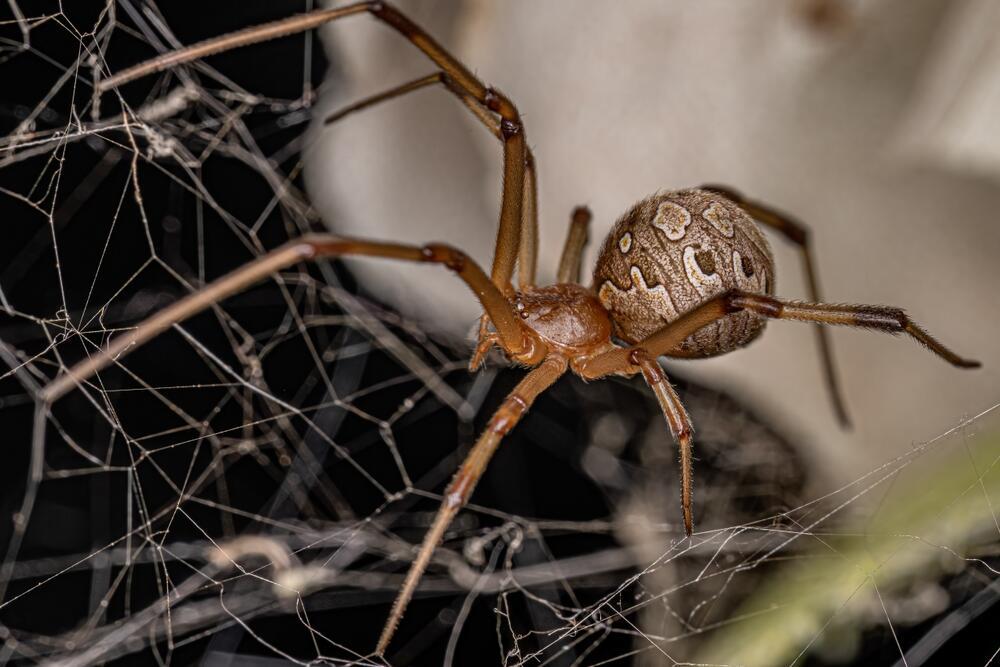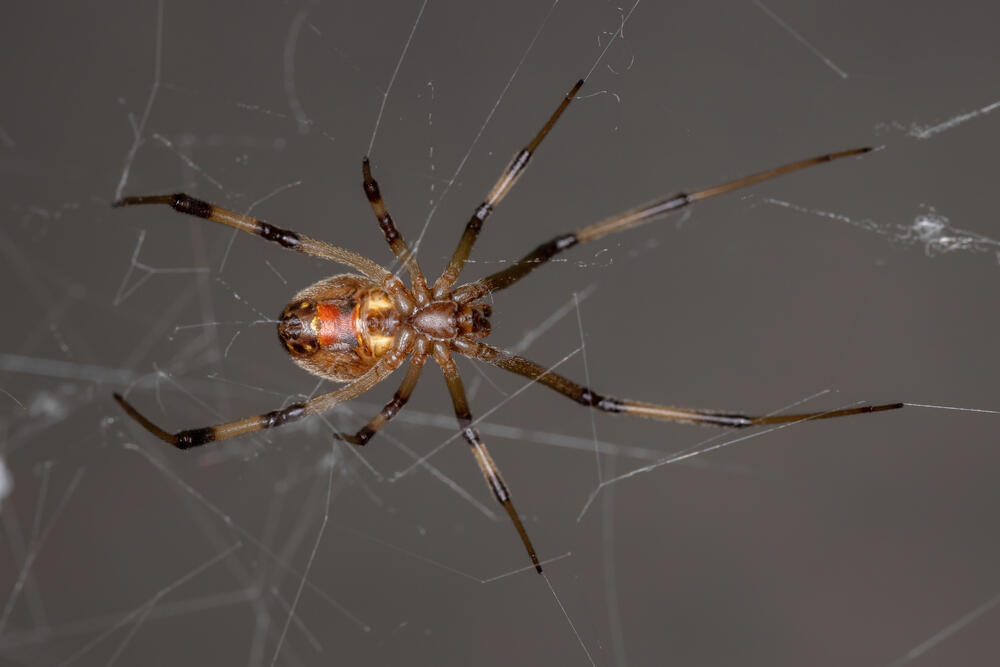Spiders of the brown widow species, scientifically called Latrodectus geometricus, are prevalent across several continents and have been discovered to harbor a strain of Rhabdochlamydia—a bacterium from a group that includes pathogens affecting humans and animals, such as Chlamydia. However, bites from these spiders do not pose a risk of transmitting Chlamydia. To date, this bacterium has only been found in a few organisms—a tick, an isopod, a cockroach, and another spider—all of which are considered rare occurrences.
Dr. Monica Mauri and her colleagues at Ben-Gurion University of the Negev compared microbial communities in populations of the brown widow spider collected in South Africa (believed to be the species' origin) with populations that invaded Israel and the United States.
The bacterium Rhabdochlamydia was found in 86% of the surveyed spiders and also in their eggs, indicating vertical transmission to offspring. "Our research findings suggest that this prevalent and dominant Rhabdochlamydia bacterium plays an important role in the biology of the brown widow spider," explained Dr. Mauri of New York City University, who conducted her post-doctorate in the laboratories of Prof. Michal Segoli and Prof. Yael Lubin at Ben-Gurion University of the Negev.
Characterizing symbiotic bacteria with potential host functions is a step forward in understanding their relevance to ecological interactions and responses to rapid environmental changes. The high prevalence of Rhabdochlamydia in all examined spider populations suggests it has an important role that may contribute to the invasive abilities of this species.
In fact, the brown widow spider is an invasive species that thrives in human environments and competes with local spider species found in warm climates worldwide, ranging from Africa and Asia to the Americas and Europe, with Israel being one of the countries invaded by this species.
Brown widow spiders belong to the Theridiidae family and were first described in 1935. Like other widow spider species, the brown widow has venom containing a neurotoxin—disrupting the normal function of nerve cells—which can be dangerous for young children and the elderly. There are no known cases of brown widow bites in Israel.
It is possible the bacteria associated with the brown widow spider influence its invasion success in new environments. Brown widow spiders from South Africa had overall more bacterial strains compared to those examined in Israel (where brown widows were first found in Tel Aviv in 1980) or the United States (where they became widespread from South Florida in the 2000s). This high microbial diversity supports the hypothesis that the invasive brown widow spider originated in South Africa.
In a new study published in the journal Scientific Reports, several additional researchers participated: Prof. Yael Lubin and Prof. Michal Segoli from Ben-Gurion University, Prof. Jennifer White, Dr. Eric Chapman, and Laura Rosenwald from the University of Kentucky, Thambile Jose from the National Institute for Biodiversity in South Africa, and Robin Lyle from the Agricultural Research Council in South Africa.
Previous research by the team pointed to additional reasons for the success and invasiveness of the brown widow spider, such as adaptation to human environments, better defenses against parasites, and improved protection of egg sacs compared to local widow species.
"For example, brown widow spiders produce egg sacs with an additional protective layer in the form of silk spikes, which makes it harder for their primary parasite (a small wasp that lays its eggs inside the spider's egg sac) to attack and destroy the eggs. The female brown widow also repels the parasite more effectively from their silk webs. These and other reasons can explain the high prevalence of this spider and its ability to invade wide areas around the world," explained Prof. Segoli.



